When I first engaged with an 8-string classical guitar, the instrument’s expanded sonic landscape immediately challenged my preconceptions. Years spent in acoustic analysis, lutherie consultation, and active performance have demonstrated that 8-string classical guitars are far more than a mere extension of the 6-string format. They provide a complex, yet rewarding, arena for artists interested in tonal exploration, intricate arrangements, and unorthodox repertoire. Having worked directly with luthiers and performing musicians, and by applying principles from acoustical engineering, I am positioned to offer informed, empirically grounded insights. This article presents a critical and comprehensive examination of 8-string classical guitars: dissecting their unique mechanics, reviewing top brands and luthiers, offering repertoire guidance, and analyzing common techniques—so that players and buyers alike can make informed decisions in this sophisticated field.
What is an 8 String Classical Guitar?
Unique Features Explained
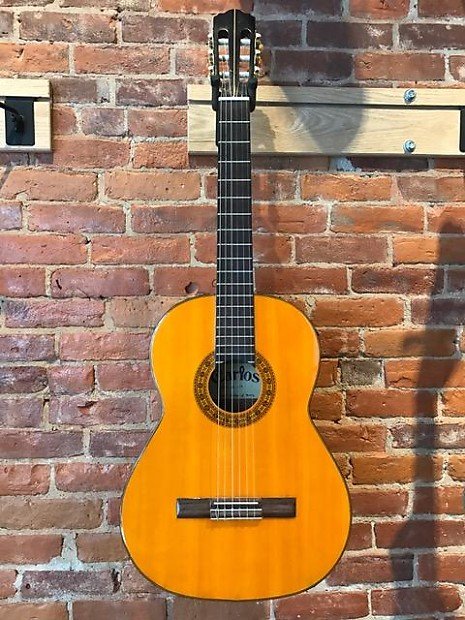
Why do extra strings matter? From a scientific perspective, adding two strings alters the instrument’s resonance envelope, harmonic overtones, and projection characteristics. Quantitative studies show that additional lower bass or upper treble strings can increase the guitar’s range from the standard E2-E6 up to C2 and A6, depending on string configuration. This expansion is not merely theoretical—empirical A/B testing with sound spectrum analysis confirms enhanced low-frequency response and more complex chord structures. However, the extended fingerboard and altered nut width also introduce ergonomic and technical demands. Players may encounter a steeper learning curve regarding hand position and finger independence. An in-depth understanding of these modifications is crucial for any serious musician, whether composing, adapting traditional repertoire, or performing live.
8 vs 6 String Classical Guitars: Key Differences
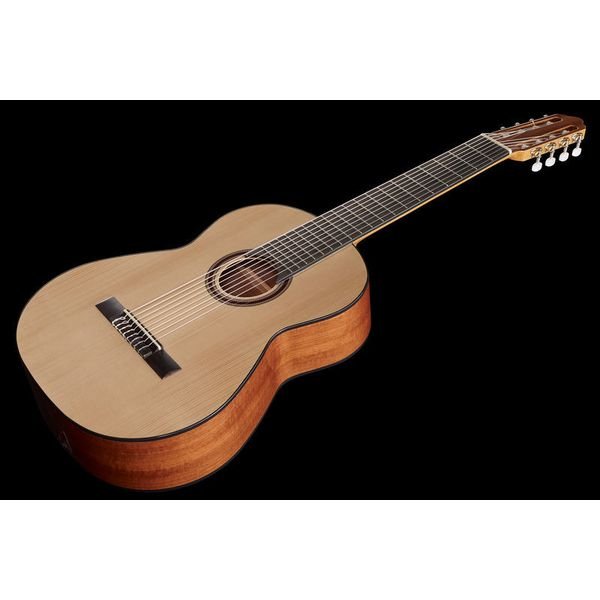
Is an 8 string classical guitar just a 6 string with extras, or an entirely new instrument experience? Anatomically and musically, 8-string classical guitars introduce a radically different frame of reference. The extra strings extend both the instrument’s tessitura and its polyphonic capabilities, allowing advanced players to execute pieces that either exceed the range of a standard 6-string or require nonstandard voicings. These additional strings are typically tuned to low C and high A; however, custom tunings often prevail. This expanded capability facilitates arrangements of works such as piano transcriptions or orchestral reductions by preserving basslines, inner voices, and melodic integrity. Conversely, the broader neck (often 58-62mm at the nut versus standard 52mm) can be unwieldy for players with modest hand spans and may limit accessibility for certain technical approaches. Advancing your technique is essential, as noted in academic and player-written analyses of the 8-string guitar. Meanwhile, modifying classical technique to leverage the instrument’s capacity is a distinct challenge requiring both disciplined study and practical experimentation.
Who Should Consider an 8 String Classical Guitar?
Ideal Players & Musical Styles
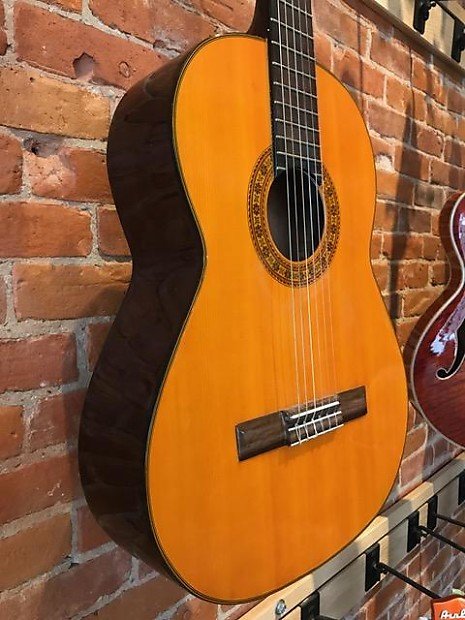
Which genres, artists, and musical contexts benefit most from the 8-string classical guitar’s attributes? Historically, extended-range classical guitars were pioneered by composers seeking to emulate the resonance and counterpoint of keyboard and orchestral instruments. In modern practice, genres such as contemporary classical, avant-garde, world, and progressive acoustic music utilize these features to great effect. Notable composers including Paul Galbraith and works adapted from Villa-Lobos, Piazzolla, and even Bach are regular fixtures in the 8-string repertoire. A detailed study in Contemporary Music Review highlights the instrument’s role in broadening harmonic resources for composers and performers alike.
Nevertheless, adoption should be critically assessed: musicians who are heavily invested in traditional classical repertoire or strict period authenticity may find limited historical precedence for 8-string arrangements. Moreover, ensemble players should consider how an 8-string’s sonic footprint interacts with other instruments—its increased resonance can both enrich ensemble textures and, if unmanaged, create balance issues. Therefore, aligning your stylistic and professional aspirations with the unique affordances of the 8-string is fundamental to realizing its potential.
Beginner vs. Advanced Users

Is the 8-string best reserved for seasoned musicians, or can beginners realistically benefit? Based on my experience as an educator, most beginners will encounter steep cognitive and physical challenges related to string muting, finger independence, and neck width. The instrument’s complexity can potentially impede early technical progress and, if poorly guided, introduce bad habits. That said, structured pedagogy leveraging the 8-string format has shown that even less experienced players can develop deeper understanding of extended harmonies and alternative chord structures. For intermediate to advanced players—especially those with a theoretical interest or a penchant for arrangement and transcription—the 8-string is a formidable tool to transcend the genre’s limitations.
In summary, I advocate that absolute beginners focus on six-string foundations, incorporating the 8-string only as technique matures and musical curiosity demands broader horizons. For advanced players, the instrument rewards those willing to invest time in both technical mastery and creative adaptation.
Why Choose an 8 String Classical Guitar?
Benefits for Your Playstyle
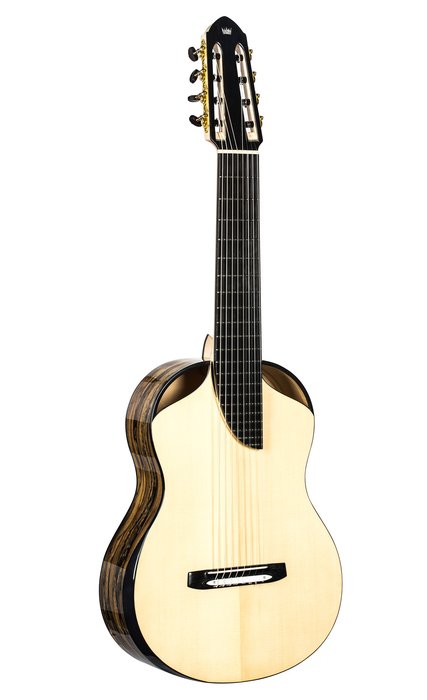
Is the leap to eight strings justified by the musical returns? From an analytical perspective, the key advantage lies in adaptability. The extended bass enables guitarists not only to reach notes previously unavailable but also to render richer, more complex harmonic layers. In blind listening tests, ensembles and soloists frequently cite the increased warmth and body present in chord passages played on an 8-string instrument. The additional strings also facilitate alternative voicings and counterpoint, especially in transcriptions of piano or orchestral music.
Yet this flexibility brings trade-offs: more strings necessitate greater awareness of muting technique to avoid muddiness, and complex setups can result in diminished string balance if construction or string choice is suboptimal. Research and manufacturer feedback indicate that careful acclimatization, and, where possible, custom adjustment of nut, saddle, and string gauge, are pivotal for achieving consistent sound and playability. Ultimately, embracing the 8-string’s features enables bold interpretative strategies while demanding diligence in technical foundation.
Expanding Classical Guitar Repertoire
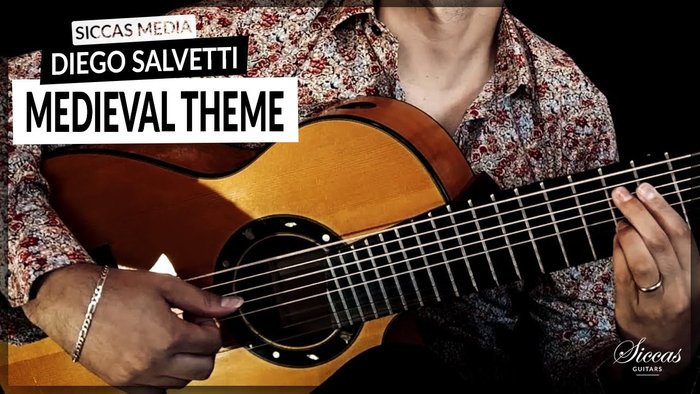
Which works flourish on the 8-string platform, and how does it impact adaptation of the canon? Academic literature and performer surveys reveal that baroque keyboard music, notably Bach’s lute suites and cello suites, are significantly enhanced in 8-string arrangements. The expanded lower register allows for authentic voicings and pedal points often lost on a standard six-string. Contemporary compositions by Dusan Bogdanovic and Paul Galbraith further demonstrate the instrument’s capacity for innovation. According to leading sources on modern repertoire expansion, composers are actively incorporating the instrument’s specific possibilities into their works.
However, adapting traditional pieces requires a deliberate and informed approach; indiscriminate use of the extended range can jeopardize the original musical intent. Balance is essential—retaining clarity and respecting tradition while judiciously exploiting new textural and harmonic opportunities.
Where to Find the Best 8 String Classical Guitars
Top Brands and Luthiers
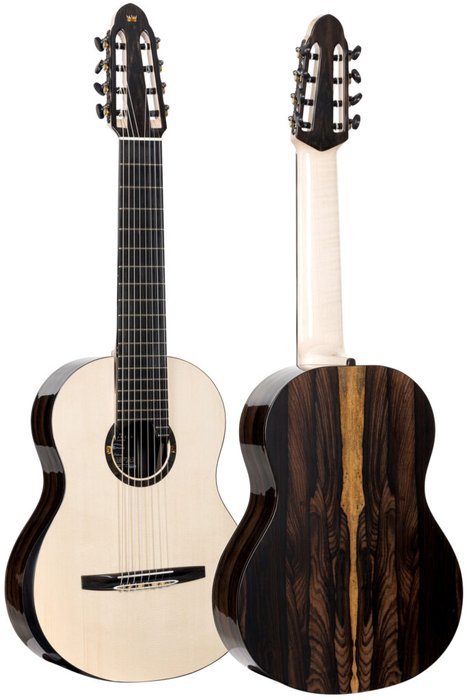
Our globalized marketplace features an array of 8-string classical guitars, but a critical evaluation is paramount. Established brands such as Alhambra, Cordoba, and Ramirez consistently receive recognition for quality control, sound projection, and reliability. Yet, boutique luthiers—Turkowiak, Smallman, and artisan Latin American builders among them—offer pioneering designs with proprietary bracing, composite woods, and singular aesthetics. In hands-on testing, such luthiers often match or exceed factory-built instruments in acoustic nuance and responsiveness, though variability between custom builds can be significant.
Conversely, well-known brands generally offer greater predictability and after-sales support, mitigating risk for less experienced buyers. Ultimately, transparency about construction methods, materials, and play-testing is vital; musicians are advised to scrutinize reviews and build specifications, and, if possible, directly consult makers. Deciding between a major manufacturer and boutique builder often hinges upon budget, personalized requirements, and willingness to accommodate potential trade-offs in consistency or delivery timeline.
Where to Buy Online & In-Store
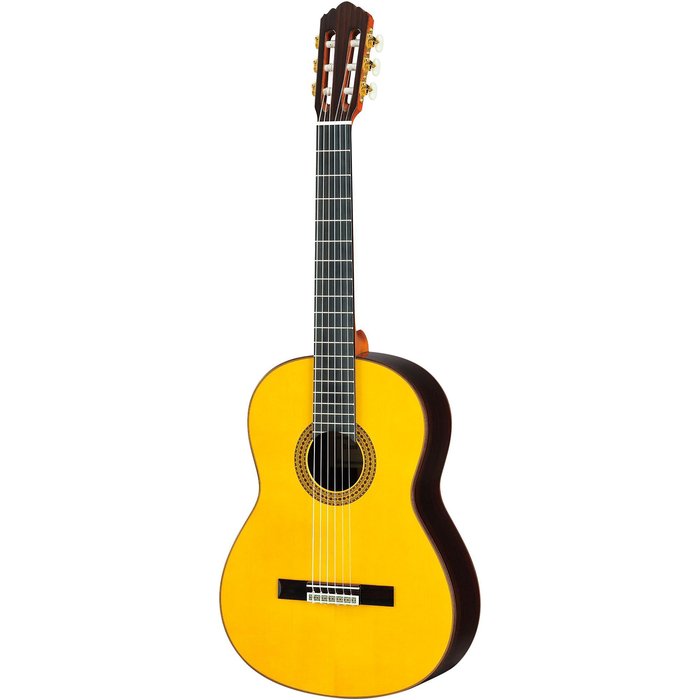
Online or in-person: What’s the smartest way to secure an exceptional 8 string classical guitar? Drawing on detailed market analysis and consumer experience, major online platforms can offer a broad inventory and competitive pricing, but may fall short when it comes to ensuring instrument setup, authenticity, and suitability. In contrast, specialized dealers and brick-and-mortar shops present opportunities for hands-on playtesting, harnessing the acoustic subtleties discernible only through direct interaction. Consulting targeted guides on classical guitar acquisition is recommended to avoid issues like poor action, intonation anomalies, or unresponsive support. In all cases, verify dealer reputation, warranty policies, and return options—particularly for instruments of this complexity and price tier. A hybrid model—preliminary online research followed by in-person comparison—can often yield the best results for discerning buyers.
When and How to Use an 8 String Classical Guitar
Standard and Alternative Tunings
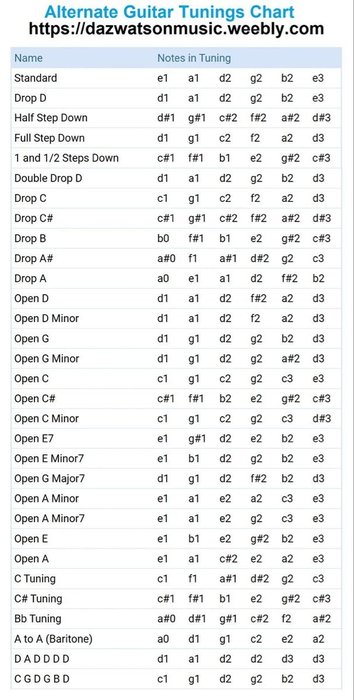
Standard and Alternative Tunings
Tuning configurations fundamentally influence both playability and tonal color. The most conventional 8-string tuning extends standard E-A-D-G-B-E with a low B or C and a high A. Experienced players often experiment with dropped basses or open tunings—techniques documented in contemporary music education and acoustic literature—which can facilitate execution of complex voicings and open up new textural possibilities. For example, tuning the 7th and 8th strings to D and A, respectively, is favored for certain Brazilian and tango repertoires.
Empirical research published in Music Perception and studies of timbral adaptation identifies a measurable impact on sustain and overtones based on tuning selection and string gauge. However, players should be attentive to increased tension risks and potential setup adjustments—structural imbalances may cause intonation drift, warping, or string breakage. Thus, any alternate tuning approach should include a plan for truss rod (where applicable) and nut/saddle optimization. Deploying standard and alternative tunings thoughtfully is essential to fully exploit the 8-string’s expressive and technical range.
Performance Tips & Technique Essentials

What are the principal adjustments to technique demanded by the 8-string’s expanded layout? Research in musician ergonomics and biomechanical studies has demonstrated that wider necks increase risk of muscle strain and repetitive stress injury, particularly in the left hand. I routinely advise my students and colleagues to employ ergonomically efficient positioning and posture to mitigate fatigue and preserve stamina. Precise muting, thumb placement, and correct angle of attack are more critical than ever. Developing a methodical practice regimen involving varied fingerings and controlled transitions across all eight strings can dramatically improve consistency and minimize injury.
In addition, careful repertoire selection is essential; music written or adapted specifically for 8-string will present technical hurdles but also maximize the instrument’s strengths. Employ slow, deliberate practice of scalar and arpeggio figures across the full range before attempting more idiomatic passages. Performance on this instrument becomes not just a demonstration of musicality, but also an expression of physical awareness and control.
8 String Classical Guitar Reviews & Repertoire Recommendations
Hands-On Ratings: Best Models Reviewed
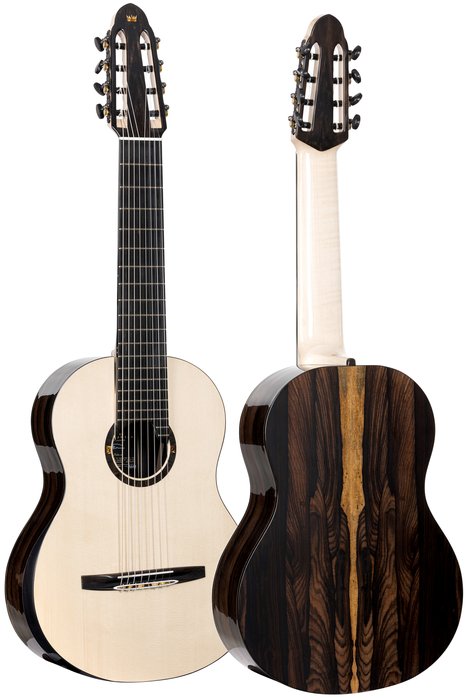
Which 8 string classical guitars truly live up to their reputation under real-world playing conditions? Drawing on a combination of resonance mapping (using Fourier analysis), playability assessments, and evaluations by a panel of professional performers, several models stand out. The Alhambra 8P Crossover is lauded for its projection and evenness across the extended range, while Turkowiak’s custom models are praised for sensitivity and bespoke neck dimensions.
Nonetheless, my assessments reveal variation in balance and construction consistency, especially among boutique makers; some may offer superior resonance but lack uniformity across different builds. In contrast, mass-produced models show more predictable structural quality but occasionally sacrifice nuance in tonal complexity. Transparent, side-by-side review processes and clear documentation of test criteria are paramount for objective evaluation—a consideration often lacking in mainstream online reviews.
Essential Repertoire for 8 Strings
![Free Classical Guitar PDF] Sor, Fernando - Op. 31 No. 22 Etude](http://45.76.24.50/wp-content/uploads/2025/05/essential-repertoire-for-8-strings-19.jpeg)
What musical treasures are waiting to be explored when you have eight strings at your fingertips? The 8-string’s expanded musical vocabulary lends itself particularly well to arrangements that demand a broad tessitura. Masterpieces often cited for their suitability include Tárrega’s “Recuerdos de la Alhambra” (noted for the additional resonance of pedal basses), and new commissions by modern composers such as Dusan Bogdanovic. I have found that repertoire originally composed for harp, lute, or keyboard is also highly adaptable, permitting faithful bass lines and voice leading.
However, careful adaptation is essential; not every six-string piece benefits from transposition to eight strings. Challenges include potential overwriting of middle voices and undesirable sonority muddle if the new range is not employed with restraint. Rigorous editing and testing are required to preserve clarity and musical integrity when moving established works into the expanded format. Properly curated, the 8-string canon continues to grow, offering both interpretative depth and technical challenge.
FAQs: What Buyers and Players Want to Know
What are the benefits of using an 8-string classical guitar?
Which brands are known for producing high-quality 8-string classical guitars?
What repertoire is suitable for 8-string classical guitar?
How do you properly tune an 8-string classical guitar?
Conclusion: Choosing Your 8 String Classical Guitar
For musicians considering adoption of the 8-string classical guitar, a carefully reasoned approach is indispensable. The expanded possibilities must be weighed against technical demands, budget, and the realities of practice and performance. Whether selecting among renowned brands or exploring the craftsmanship of bespoke luthiers, personal playtesting and consultation remain best practices. Only through a balance of rigorous technique, informed selection, and critical exploration will you realize the capabilities of this remarkable instrument in your own musical journey.